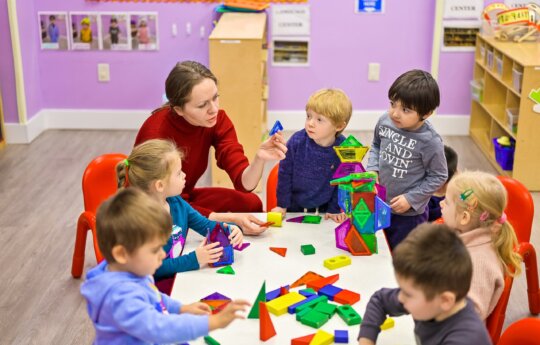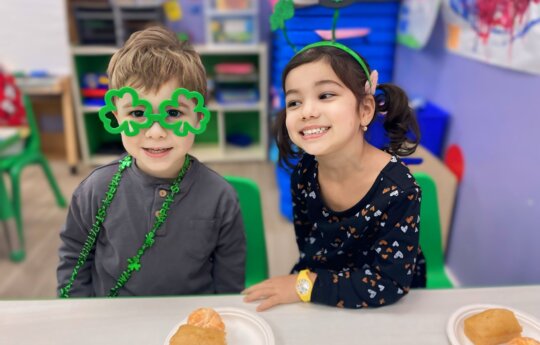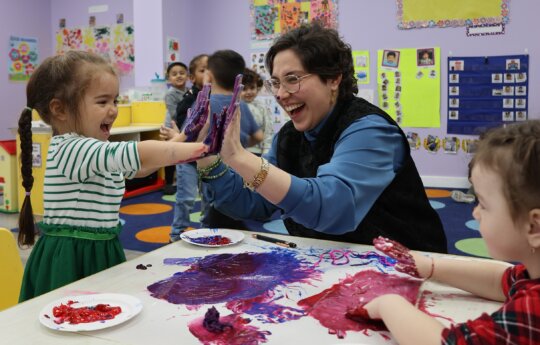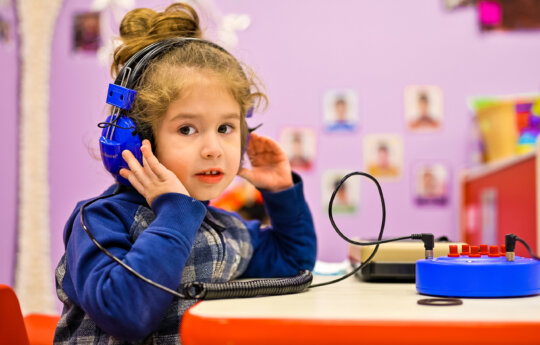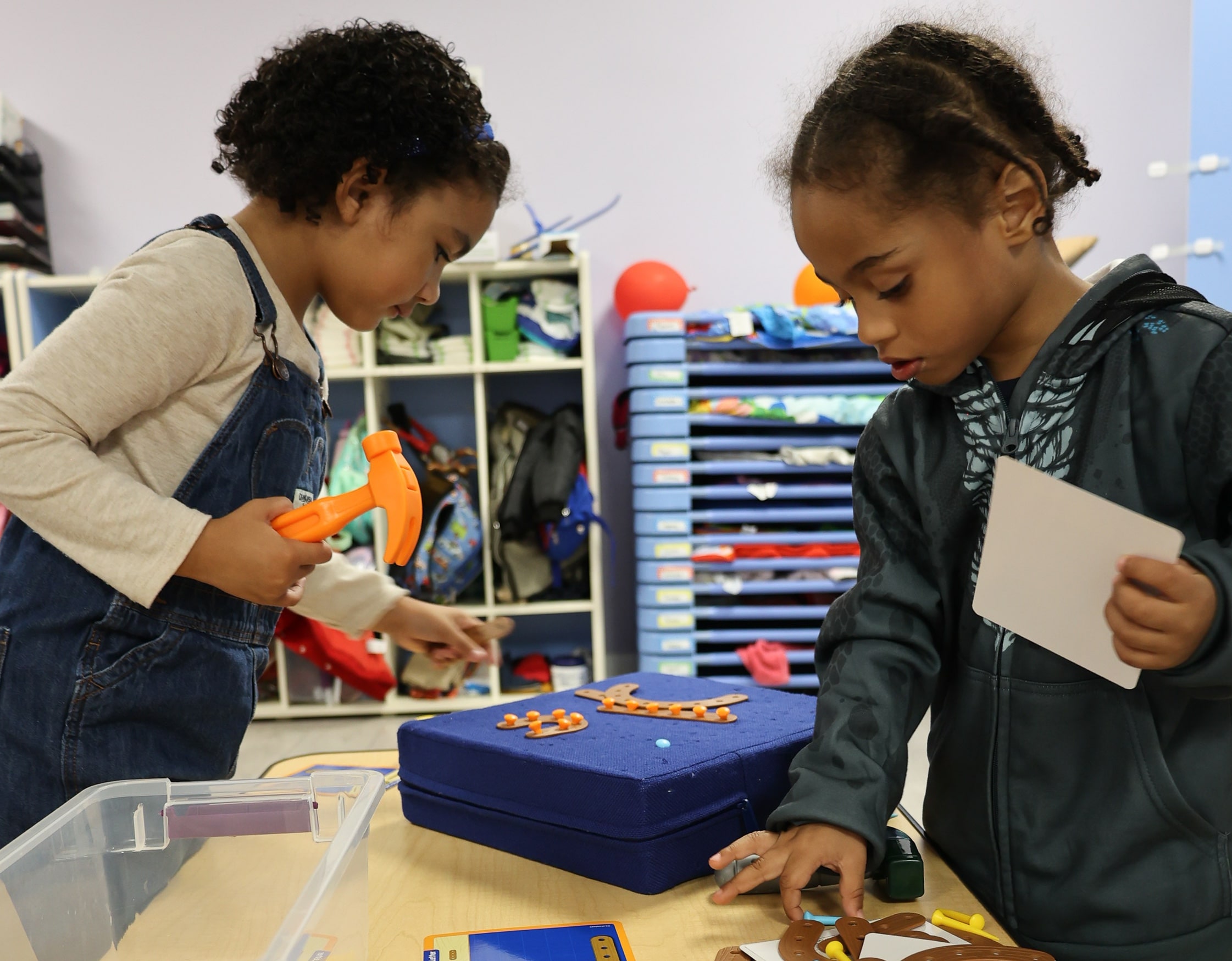
Today, we invite you to the guide on Decluttering and Spring Cleaning with Kids. It is a transformative journey for your living space and children’s essential life skills. Accomplishing household chores is not merely about keeping your house tidy and clean. It is also a perfect opportunity to explain organization and responsibility concepts to our children and the art of letting go of stuff we don’t need. With the air becoming fresh and warm again, one way to begin awakening is to open your home and mind, removing anything that is limiting and taking away space.
Therefore, let’s get in the spirit of this renewal season to not just get rid of the clutter in our homes, but also foster a caring environment that our children can study, mature, and prosper in an orderly and clean place . In this post, we’ll help you go through the fascinating experience of decluttering and spring cleaning for you and your kids, focusing on how this activity may benefit your family connections and everyday life.
The Basics
Decluttering is the process of sorting through belongings and removing items that are no longer useful or necessary, creating a more organized and less cluttered space. It involves evaluating what to keep, donate, sell, or throw away, leading to a more functional and pleasant living environment.
Spring cleaning, on the other hand, is a thorough cleaning of a home, typically undertaken in spring. It goes beyond daily or weekly cleaning routines, focusing on deep cleaning tasks like washing windows, cleaning under furniture, and dusting areas often overlooked during regular cleaning.
The Importance of Involving Kids in Cleaning and Organizing
Involving kids in decluttering and spring cleaning is crucial for several reasons:
- It helps kids learn how to organize things and choose what to keep and what to throw away. This process of making choices is important for their brain growth and ability to solve problems.
- Kids learn to be responsible for their surroundings and things when they help clean and organize.
- Doing chores around the house on a regular basis teaches kids discipline and good habits that they can use as adults.
- Cleaning and getting rid of junk with the kids can be a fun way for the whole family to spend time together. Having a team environment at home and working together to reach a shared goal makes relationships stronger.
- A crowded and disorganized space can make you feel more stressed and make it harder to concentrate. A room that is clean and well-organized can help you think more clearly and be more creative.
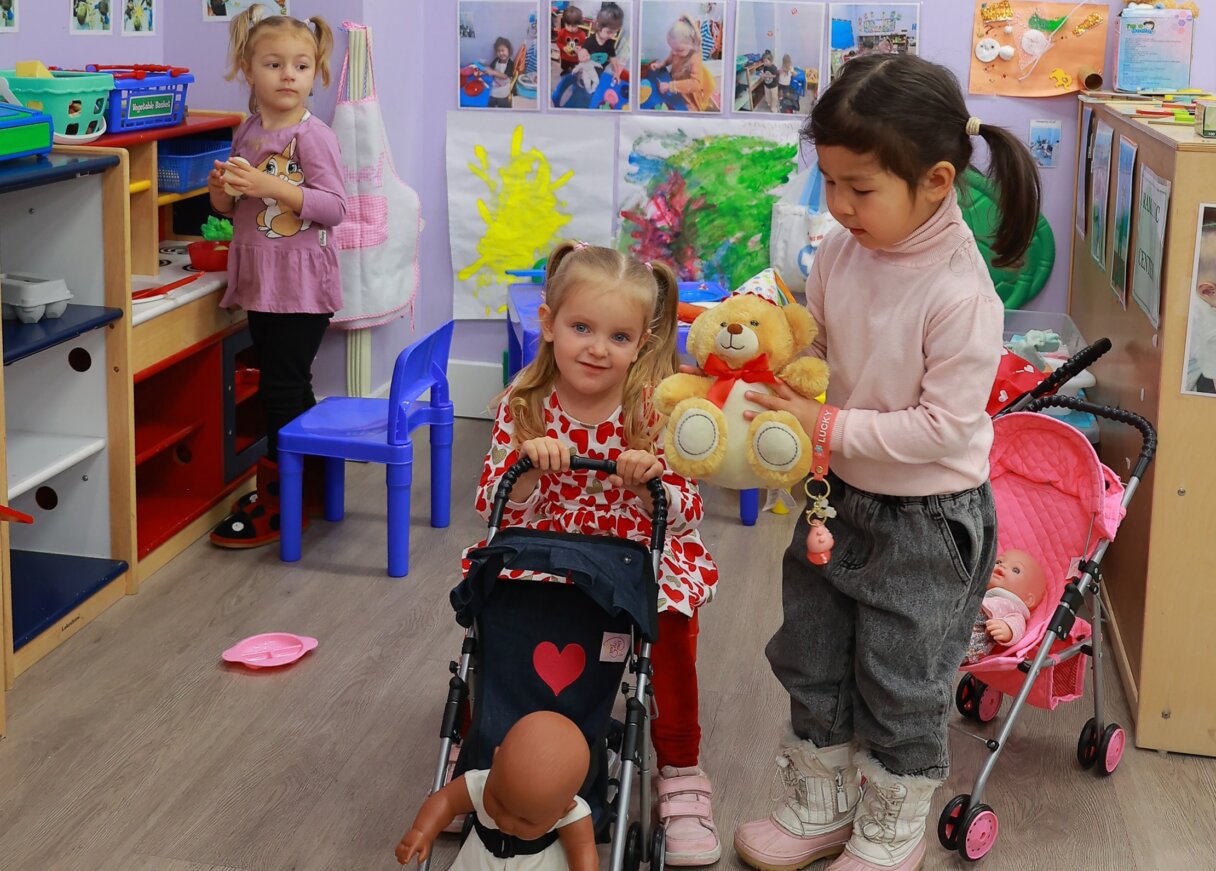
Preparing for Decluttering and Cleaning
It’s important to get ready and in the right frame of mind before starting to clean. This is especially true when kids are involved. To begin, follow these steps:
- Set a Fun Scene: Play music or turn cleaning and organizing chores into a game to make the process more fun. This way of doing things might make the action more fun for kids.
- Have Kids Help Plan: Let kids have a say in how things are done. Find out what they want to clean or order first. They feel respected and are more excited to participate because they are included.
- Give Clear Directions: Break down jobs into steps that kids can easily follow. Giving them clear directions helps them know what to do and how to do it.
- Get the Right Tools: Make sure your kids can get to cleaning and sorting items that are safe for them. Items that are safe, light, and easy to use make the process easier for them to get to and less scary.
Setting Realistic Goals and Creating a Plan
To ensure the success of decluttering and cleaning with kids, setting realistic goals and creating a structured plan is essential:
- Make a list of all the things that need to be cleaned up and thrown away.
- Figure out which places need the most work and begin there.
- You shouldn’t try to clean the whole house at once; instead, work on one room or area at a time.
- It can be easier to handle a lot of work if it is broken up into smaller jobs that can be done over the course of a few days or weeks.
- Sort tasks into groups based on how important they are or how badly they need to be cleaned and organized.
- Be ready to change the plan if you need to. Breaks or changes in focus may be needed from time to time to make sure that everyone can enjoy the process.
If you plan ahead and think about how you want to clean and declutter with kids, things will flow smoothly, be efficient, and even enjoyable. Moreover, cleaning and decluttering with a plan can help your child instill an important life skill in getting and staying organizes, multitask, and prioritize.
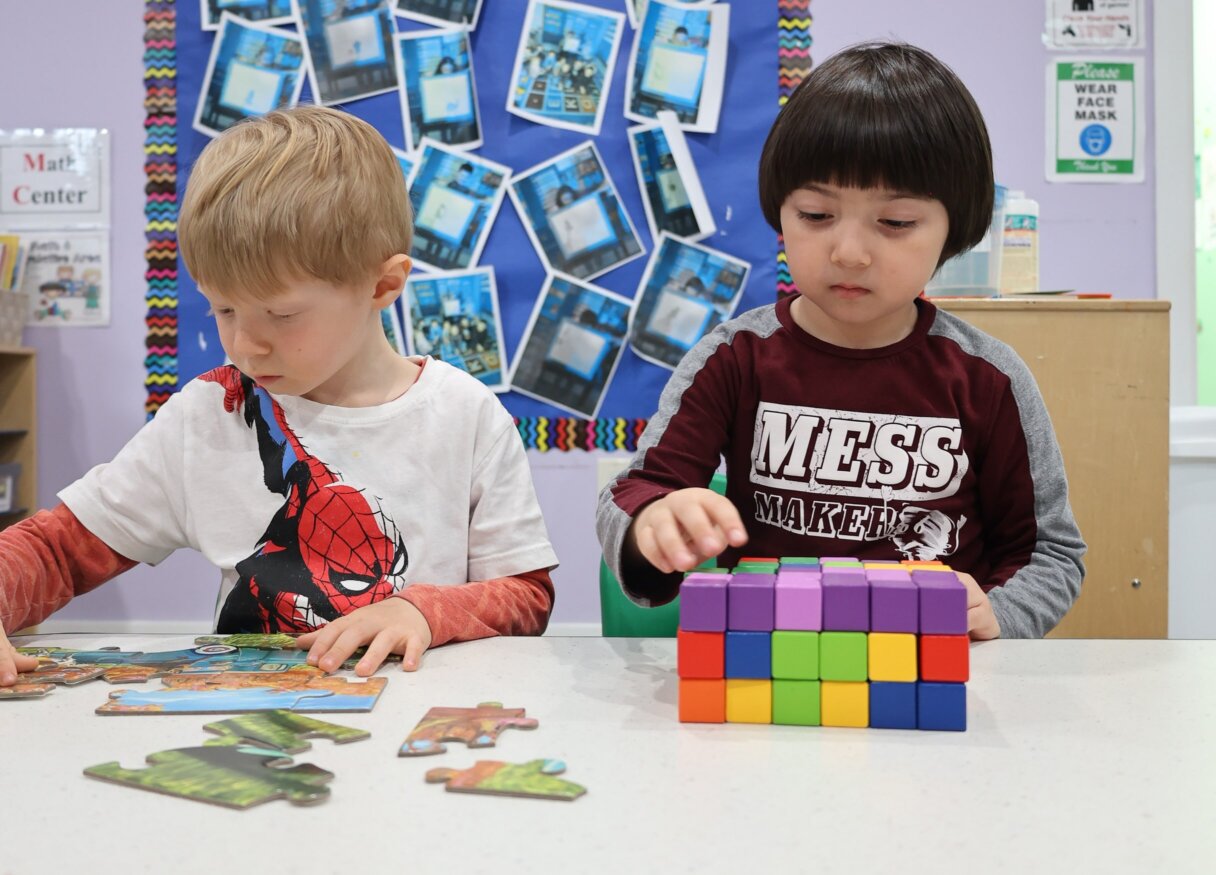
Decluttering with Kids
Step-by-Step Guide
1. Start with a Positive Mindset
Talk to your kids about cleaning up the space so that it is more fun and a new place for exciting new things. Tell them that you are working together and they have a say in what stays and goes.
2. Choose the Right Time
Set a particular time of day when you are both relaxed and not in a hurry. A good moment would be a weekend day or a free afternoon when you two can work without interruptions.
3. Focus on One Area at a Time
Begin with a specific area such as the child’s room or a spot in the living room where they keep their toys. Do not overdo and spread in different areas since it will be overwhelming.
4. Create Sorting Categories
Set up designated spaces for items you want, donate, recycle, or trash. Guide your child in understanding these categories and how to decide where the items go.
5. Go Through Items One by One
Sort and discuss each item with the child if they need it or not. Ask for the time when they last used it and whether it makes them happy and entertained.
6. Make Decisions Together
Help the child in deciding whether they should remove or keep items they are not sure about. Guide them, but respect their choice without pushing them to dispose of what they want to keep.
7. Organize the Keepers
Regarding the items the child has decided to keep, arrange and put them in order. For example, arrange toys on a shelve, clothes left in drawers, or books properly placed on the cabinet.
8. Handle the Non-Keepers
Ensure that items designated for donation, recycling, or trash are promptly removed from the space. This prevents the clutter from creeping back in and gives immediate results to the decluttering effort.
9. Celebrate and Maintain
After decluttering, celebrate the achievement with your child. This could be as simple as appreciating the newly organized space or having a small treat as a reward. Discuss how to maintain the decluttered space and the importance of regular tidying up.
10. Repeat in Common Areas
Apply the same process to common areas of the house, encouraging your child to participate and make decisions about shared items. This reinforces the habits learned in their own space and contributes to a tidy home environment.
Following these steps can make decluttering with children a more manageable and positive experience.
Importance of Sorting and Decision-Making in Decluttering
- Establishes Organization Skills
Children need to sort their staff and decide what to keep, what to donate and what to throw away. This way, they learn how to categorize the items they own and conceptualize the procedure of keeping their living area in order . Such training acquired during childhood establishes a foundation for their future daily living orderliness, both in their homes and workspaces.
- Promotes Responsible Consumerism
By working through their possessions, children learn how to attach value to whatever they own. Additionally, they start distinguishing between wants and needs, which will help them make more consumer-dedicated decisions in future. Such training leads to less wastage of items that end up being thrown away, and more appreciation that goes for the items that they retain.
- Encourages Generosity and Empathy
The children will learn to be generous and empathetic by choosing to donate whatever they no longer need to those in need. Donating items to those who need it makes the children more empathetic. The act is rewarding and makes the child have a habit of considering feelings and needs of others.
- Reduces Environmental Impact
Making a clear choice on what to throw away and what to recycle is essential in raising sustainability concerns on environment . Such measures educate the children on the role they play in environmental conservation and recycling. In the future, the children will make choices that will help in preserving the environment.
- Provides a Sense of Control and Achievement
By playing an essential part in the declutter process, children develop feelings of responsibility over their living space and their items. Kids will develop feelings of accomplishment, and they will be motivated to keep the order of their items – the activity provides them an avenue to explore order.
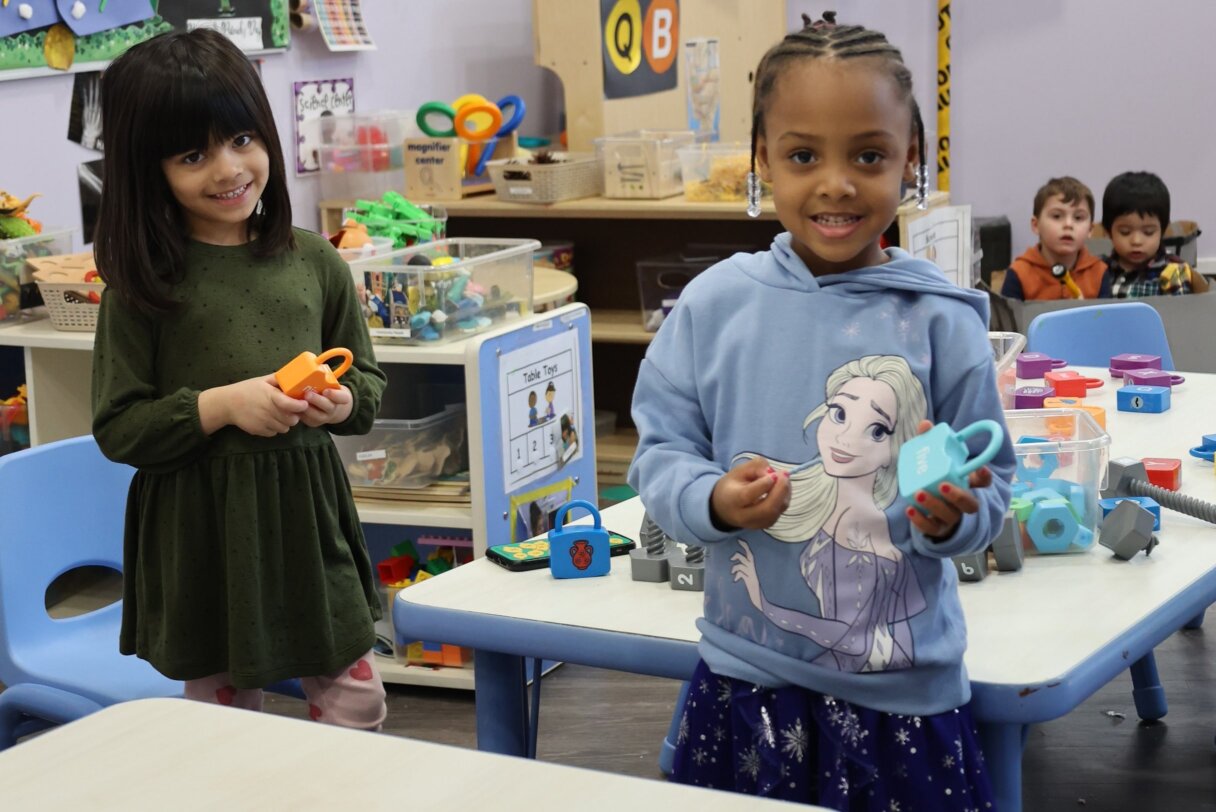
Spring Cleaning with Kids
Tips for Effective Cleaning with Children
Kitchen Cleaning
- Assign Simple Tasks: Let children help with wiping countertops, organizing pantry items, or washing plastic dishes. Use non-toxic cleaning agents for safety.
- Create a Cleaning Chart: A chart with pictures for non-readers can help them remember their tasks and track their progress.
Bathroom Cleaning
- Focus on Safe Areas: Children can help by wiping sink areas or organizing toiletries. Keep them away from hazardous chemicals and areas like toilets or showers that might require stronger cleaners.
- Use Natural Cleaners: Engage kids in making DIY natural cleaners, which are safe and effective for cleaning bathroom surfaces.
Living Room Cleaning
- Dusting and Straightening Up: Children can dust surfaces and help straighten cushions, books, and decorations. Teach them to handle items carefully.
- Floor Cleaning Fun: Turn sweeping or vacuuming into a game, perhaps by setting a timer or challenging them to collect the most dust bunnies.
Bedroom Cleaning
- Make the Bed Together: Show them how to tidy up their bed and make it a daily habit.
- Sort and Organize Clothes: Encourage them to sort dirty clothes for laundry and help put away clean clothes.
Toy Room Cleaning
- Sort and Categorize Toys: Have them group toys by type or size, which can also be an educational activity.
- Regular Toy Cleanup: Implement a regular cleanup routine after playtime to encourage continuous maintenance of the toy room.
General Cleaning Tips
- Use Child-Friendly Equipment: Provide them with cleaning tools that fit their size and are easy to use, like small brooms, lightweight vacuums, or microfiber cloths.
- Set a Good Example: Children often emulate adult behavior, so by actively participating in cleaning, you set a positive example for them to follow.
- Offer Praise and Encouragement: Acknowledge their efforts and contributions to keep them motivated and feel valued in the cleaning process.
Engaging Kids in Cleaning Tasks and Making It Fun
- Create a Theme or Story
Turn cleaning sessions into a themed adventure, like being explorers in a jungle clearing paths (tidying up) or treasure hunters seeking hidden objects (sorting and organizing). This imaginative play makes the routine more exciting and engaging.
- Use Music and Dance
Create a lively cleaning playlist with favorite songs that the children can sing and dance to while cleaning. Having a “cleaning party” with music makes the time pass quickly and joyously.
- Implement a Reward System
Introduce a reward system where children earn points, stickers, or tokens for completing cleaning tasks. These can be exchanged for a special treat, extra playtime, or a desired activity, providing an incentive for their efforts.
- Play Cleaning Games
Invent games, like seeing who can pick up the most toys in a minute or who can find the most items of a certain color to put away. Games add a competitive and fun element to cleaning.
- Make Cleaning Supplies Kid-Friendly
Personalize cleaning supplies for kids, like having their own apron, gloves, or cleaning caddy. Decorating these supplies together can make them more excited to use them.
- Schedule Regular “Clean-Up Races”
Set a timer for a quick clean-up challenge, making it a race against the clock to see how much can be cleaned or organized before the timer goes off. This makes cleaning feel more like a game and less like a chore.
- Involve Them in Decision-Making
Allow children to make decisions about how to organize or decorate their space after cleaning. This gives them a sense of control and pride in the outcome.
- Celebrate Accomplishments
After a cleaning session, celebrate the hard work with a special activity or treat. Acknowledging the effort put into cleaning reinforces positive feelings about the task.
Organizing Kids’ Spaces
Strategies for Kids’ Room Organization
Utilize Child-Friendly Storage Solutions
- Use low shelves, bins, and drawers that children can easily access to encourage them to put things away independently.
- Label storage containers with words or pictures to help kids understand where items belong.
Create Defined Spaces
- Designate specific areas in the room for different activities, such as a reading nook, play area, or art station, to encourage order and routine.Use rugs or furniture arrangements to visually separate these areas, helping children understand the organization of their space.
Involve Kids in the Organizational Process
- Allow children to have input in how their room is organized, which can increase their willingness to maintain it.
- Regularly reassess the organization with them, making adjustments as their needs and interests change.
Regular Decluttering
- Schedule periodic decluttering sessions to go through toys, clothes, and other belongings, deciding what to keep, donate, or discard.
- Teach children to regularly evaluate their possessions and make decisions about their importance and utility.
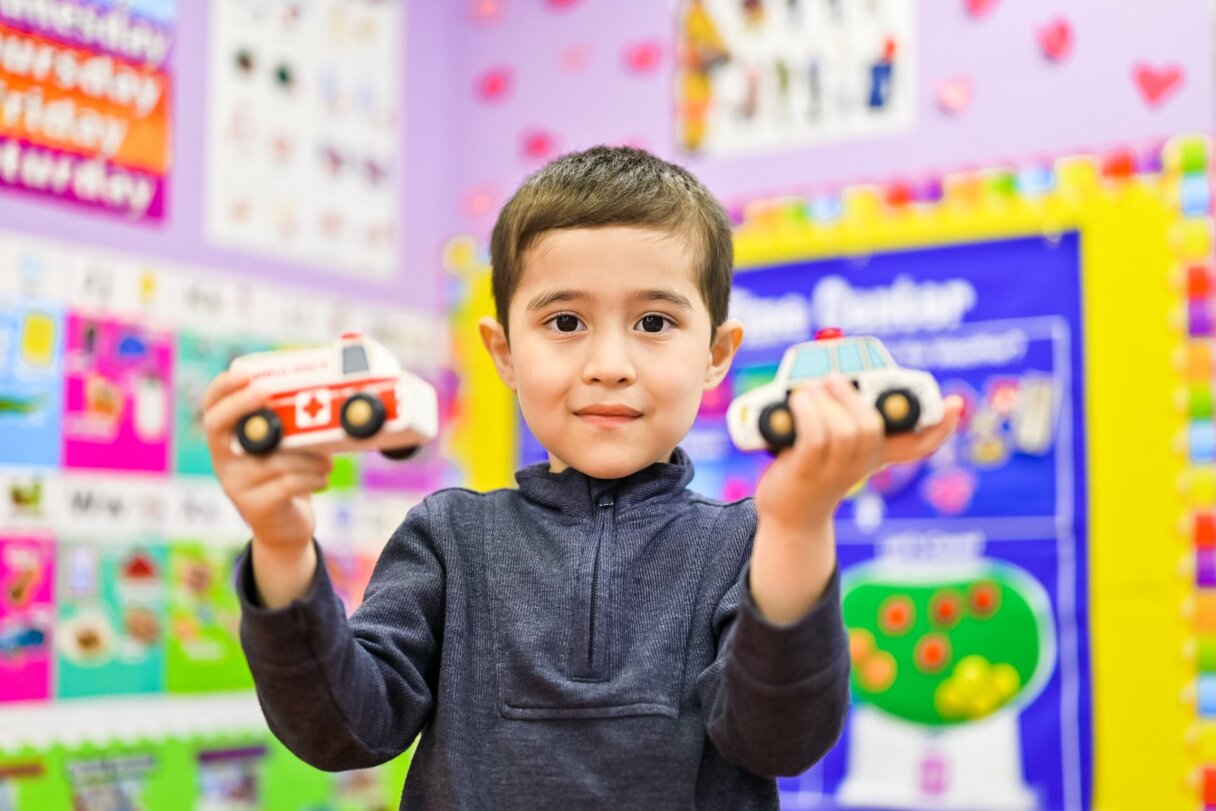
Maintaining a Toy Room
Implement a Toy Rotation System
- Keep a portion of toys out for play and store the rest, rotating them periodically to keep interest high and reduce clutter.
- This system also allows for a better assessment of which toys are valued and used, aiding in future decluttering efforts.
Establish Clear Toy Organization Rules
- Set simple, clear rules for where toys should be stored and insist on toys being returned to their place after use.
- Consistency in these rules helps children remember and follow them.
Use Appropriate Storage for Different Types of Toys
- Organize toys in a way that makes sense to the child; for example, all building blocks in one bin, dolls in another, etc.
- Customized storage solutions can make it easier for children to find what they want and put it away after.
Encourage Regular Cleaning
- Teach children the importance of cleaning their toys and the toy room to maintain a healthy and pleasant play environment.
- Involve them in regular cleaning schedules, making it part of their routine.
Maintaining Cleanliness and Organization
Tips for Maintaining a Clean and Organized Home with Kids
- Establish Routines: Develop daily, weekly, and monthly cleaning schedules that fit your family’s lifestyle. Consistent routines help children understand what is expected and when, making it easier to keep the house tidy.
- Involve Kids in Chore Planning: Let children have a say in the chores they do, which can increase their commitment to completing them. For example, they might prefer dusting over vacuuming or vice versa.
- Use Checklists and Charts: Create checklists or charts for daily and weekly chores, allowing kids to mark off completed tasks. This visual representation of their contributions can be satisfying and motivating.
- Designate ‘Quick Clean’ Times: Set aside short periods each day, like before dinner or bedtime, for quick tidy-up sessions. Everyone in the family can spend 10-15 minutes putting things back in their place, which can significantly reduce overall clutter.
- Minimize Belongings: Regularly assess and reduce the number of belongings in the house. Fewer items mean less to clean and organize, making maintenance easier.
- Teach Immediate Cleanup: Encourage children to clean up one set of toys or materials before moving on to another activity. This habit prevents clutter from accumulating and reduces end-of-day cleanup time.
- Create a ‘Lost and Found’ Box: Have a specific box or bin where any misplaced items go. Once a week, go through the box with your children to put things back in their place.
- Implement a No-Shoes Policy: Encourage family members and guests to remove shoes at the entrance. This practice helps to keep floors cleaner and reduces the amount of dirt brought into the house.
- Opt for Easy-to-Clean Items: Choose furnishings and toys that are easy to clean and maintain. Washable covers, stain-resistant fabrics, and durable materials can save a lot of cleaning time and effort.
- Prioritize Tasks: Understand that not everything can be perfect, especially with kids in the house. Prioritize cleaning tasks that are most important for your family’s comfort and health.
By following these tips, you can create a system that helps keep your home clean and organized, even with the active, sometimes chaotic presence of children.
Conclusion
Overall, you shouldn’t just do spring cleaning and getting rid of junk with your kids during certain times of the year. These activities can help them learn important life skills like responsibility and order. By walking kids through this process with you, boring tasks will become fun learning experiences that build their sense of freedom, teamwork, and success. Making a plan, sorting the kids’ stuff, and making it a point to live in a more comfortable and healthier way are the first steps. Each one is an opportunity to learn and grow together.
Parents, take your kids on this fun trip to make getting rid of junk and spring cleaning fun and satisfying. Start this rewarding and educational journey right now. It will change your home and your child’s life.
Join our Little Scholars Daycare to get more tips and information on how to help kids learn and grow from toddlers to young students!

